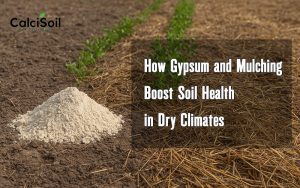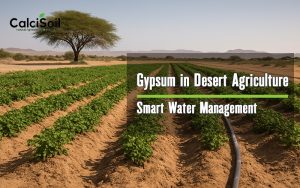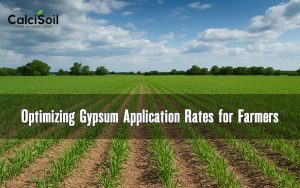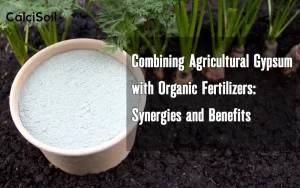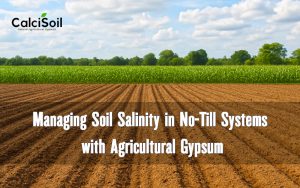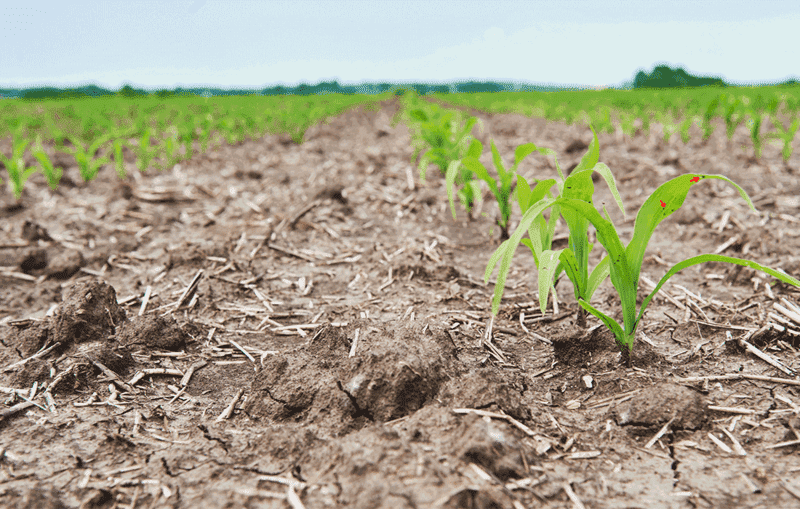
Horticultural perlite effect Investigation
For investigating the horticultural perlite effect on soil erosion, it’s noteworthy that soil erosion is a significant concern in horticulture. As it can lead to the loss of fertile topsoil and negatively impact crop productivity. One potential solution to mitigate soil erosion is the use of horticultural perlite. Perlite is a naturally occurring volcanic glass that is expanded and processed into lightweight particles. It is commonly used as a soil amendment in horticulture and agriculture due to its beneficial properties.
Here are some key points about the horticultural perlite effect on soil erosion.
Reduced Soil Erosion: One of the significant benefits of using perlite in horticulture is its ability to reduce soil erosion. Perlite particles interlock to form a stable structure. that helps prevent soil particles from being washed away by water or blown away by wind. This can be particularly beneficial in areas prone to erosion or with sloping terrain.
Improved Water Infiltration: Perlite has excellent water-holding capacity and drainage properties. When incorporated into the soil, it creates pore spaces. that allow water to infiltrate more easily, reducing surface runoff and erosion. This helps to maintain soil moisture levels and prevent waterlogging, which can also contribute to erosion.
Enhanced Soil Structure: Perlite improves soil structure by promoting aeration and reducing compaction. Compacted soils are more prone to erosion as they have reduced pore spaces for water infiltration and root growth. By adding perlite to the soil, it helps create a looser and more friable structure. allowing roots to penetrate easily and reducing the risk of erosion.
Increased Nutrient Retention: Perlite has a high cation exchange capacity (CEC). which means it can retain and release nutrients to plants as needed. This can help improve nutrient availability in the soil, promoting healthy plant growth and reducing need for excessive fertilizer application. By enhancing nutrient retention, perlite can contribute to stronger and more resilient plants, which can better withstand erosive forces.
Compatibility with Sustainable Horticulture: Perlite is a natural and environmentally friendly material. It is non-toxic, inert, and does not release harmful substances into the soil or water. Its use aligns with sustainable horticultural practices that aim to minimize environmental impacts and preserve soil health.
While horticultural perlite can be beneficial in reducing soil erosion, it is important to consider other factors. such as soil type, climate, and crop requirements. The application rate and method of incorporating perlite into the soil may vary depending on these factors. Consulting with horticultural experts or conducting field trials. It can help determine the most effective use of perlite for erosion control in specific horticultural systems.
In conclusion, horticultural perlite offers several advantages in mitigating soil erosion. Its ability to reduce erosion, improve water infiltration, enhance soil structure. and increase nutrient retention make it a valuable tool for sustainable horticulture. By incorporating perlite into horticultural practices, farmers can help protect their soils, preserve valuable topsoil, and promote long-term productivity.
Simultaneous using agricultural gypsum and horticultural perlite effect
Horticultural perlite and agricultural gypsum can be used together in soil. Both perlite and gypsum have distinct benefits and can complement each other in improving soil quality.
Here’s how the combination of perlite and gypsum for agriculture can be beneficial.
Improved Soil Structure: Perlite helps improve soil structure by providing aeration and drainage. while gypsum helps to break up compacted soil. When used together, perlite and gypsum can enhance soil porosity, allowing for better water infiltration and root development.
Reduced Soil Erosion: Perlite’s ability to reduce soil erosion can be complemented by gypsum’s ability to improve soil permeability. By incorporating both amendments into the soil, it can help prevent erosion by stabilizing the soil structure. and allowing water to penetrate more easily.
Enhanced Nutrient Availability: Gypsum for agriculture is a good source of calcium and sulfur. while perlite has a high cation exchange capacity (CEC) and can retain and release nutrients to plants. The combination of these amendments can improve nutrient availability in the soil, promoting healthy plant growth.
PH Adjustment: Gypsum is often used to amend alkaline soils as it does not raise soil PH. If the soil pH needs to be adjusted, gypsum can be used in conjunction with perlite. which is pH neutral, to achieve the desired pH level.
It’s important to note application rates and methods for using perlite and gypsum for agriculture may vary depending on factors. such as specific soil conditions and crop requirements. Consulting with agricultural experts or conducting soil tests can help determine the appropriate amounts and timing for applying these amendments.
In conclusion, the combination of horticultural perlite and agricultural gypsum can have synergistic effects on soil improvement. By using both amendments together, farmers can enhance soil structure, reduce erosion, improve nutrient availability, and adjust soil PH. This can lead to healthier plants, increased crop productivity, and better overall soil health.


